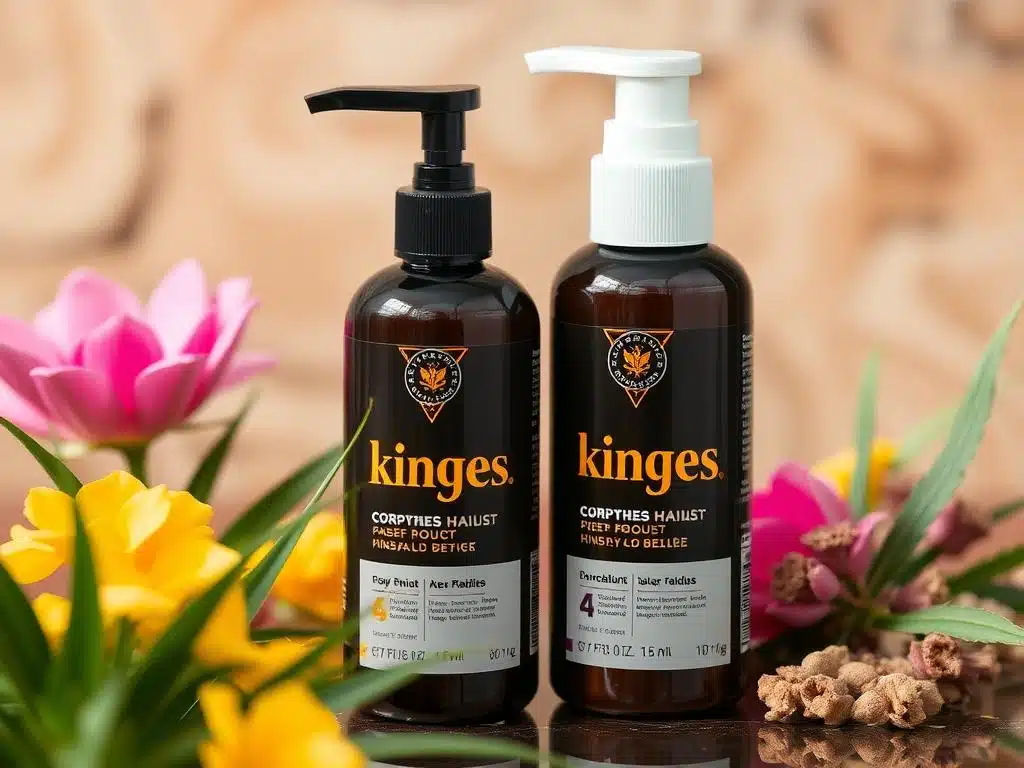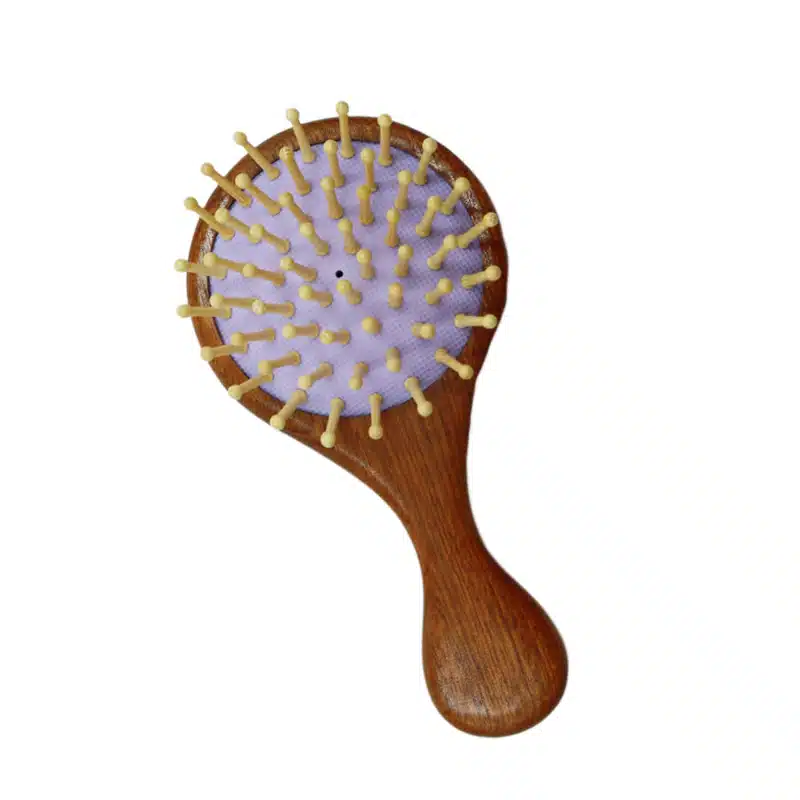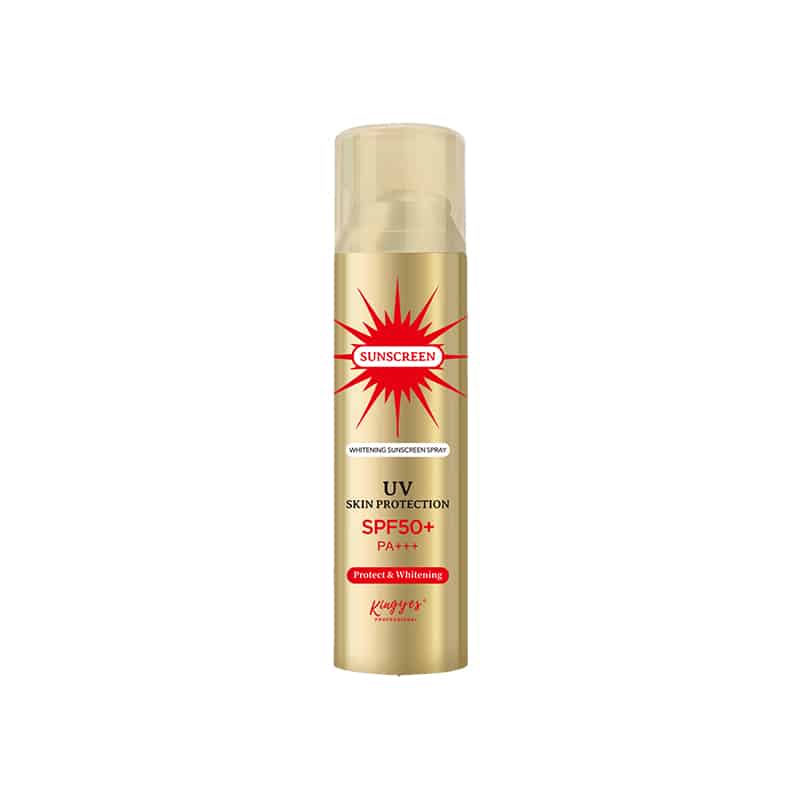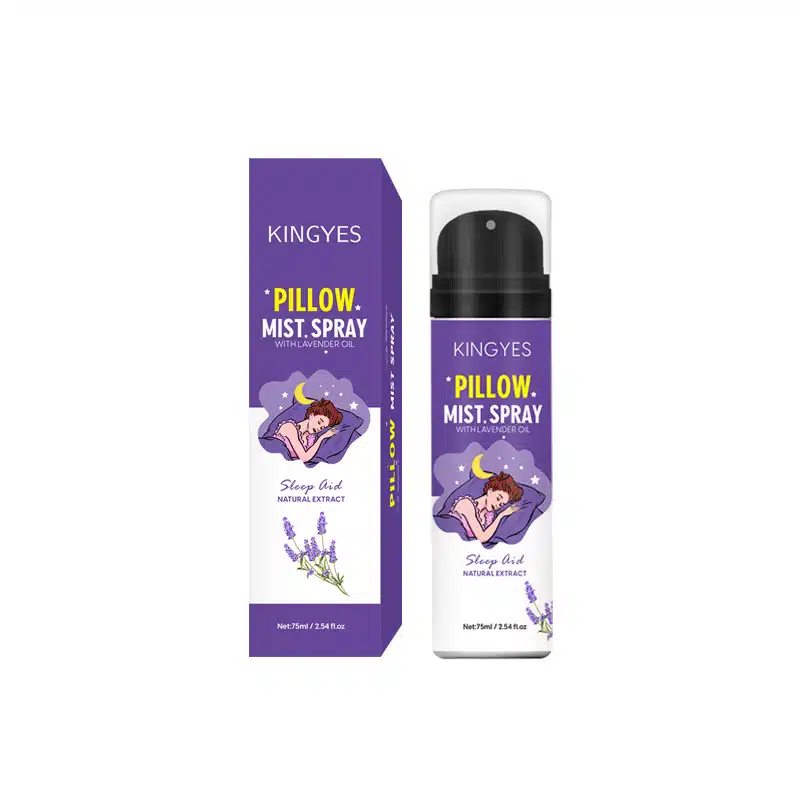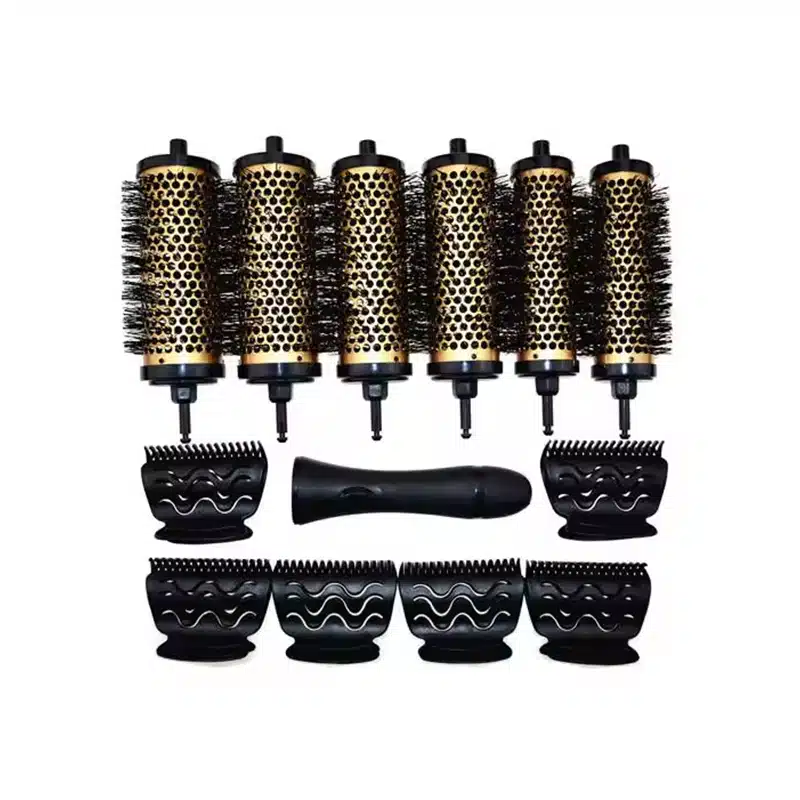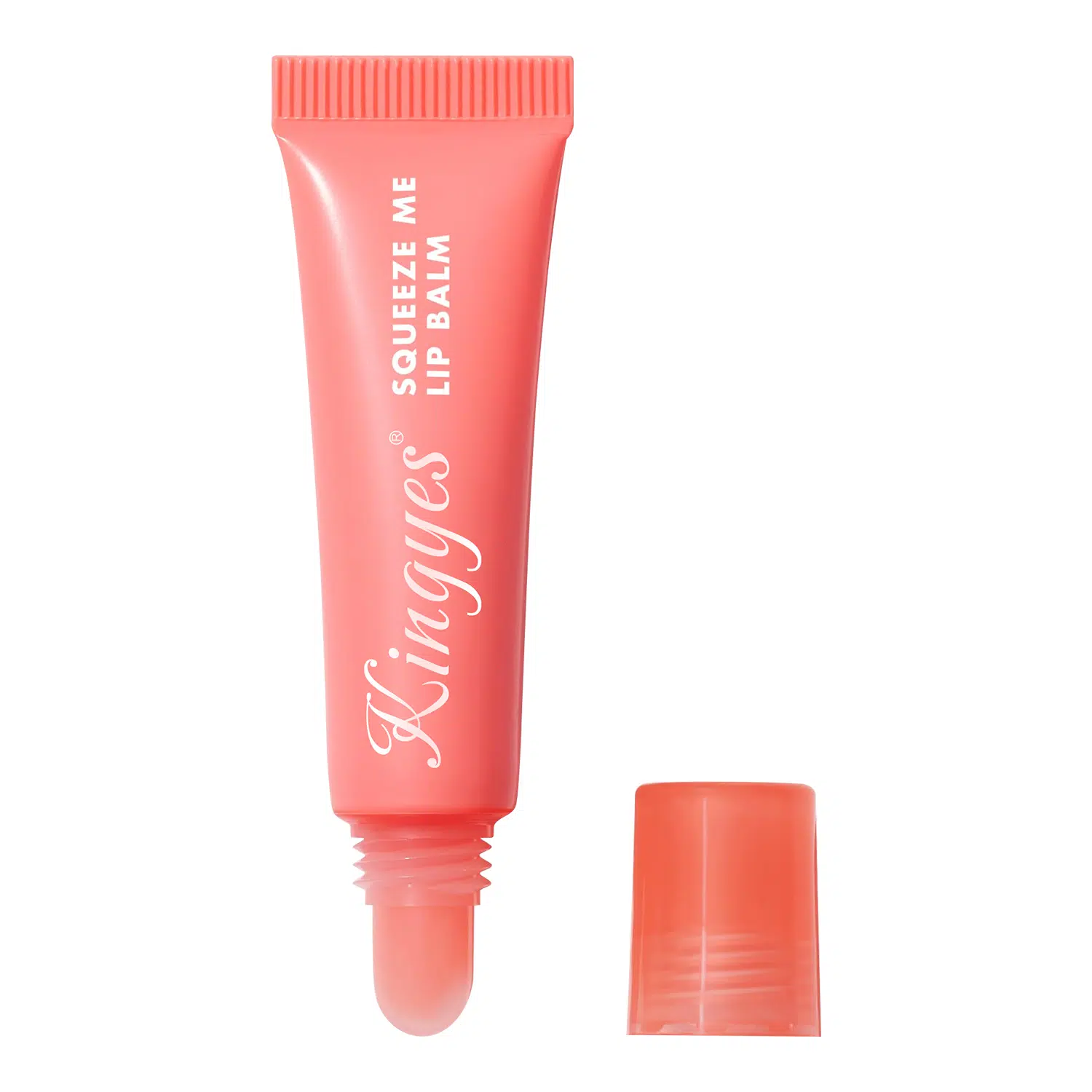
Wie kann man feststellen, ob es sich um Schuppen oder ein Haarprodukt handelt?
Inhaltsübersicht
Schuppen vs. trockene Kopfhaut vs. Produktablagerungen: Wie man den Unterschied erkennt
Der Umgang mit einer juckenden, schuppigen Kopfhaut kann frustrierend sein. Ist es Schuppen, trockene Kopfhautoder einfach Produktanhäufung? Das Wissen um die Unterschied zwischen Schuppen und trockene Kopfhautsowie Produktanhäufungist entscheidend, um die richtige Behandlung zu finden. Dieser umfassende Leitfaden wird Ihnen helfen den Unterschied erkennen zwischen diesen häufigen Kopfhauterkrankungen zu unterscheiden, ihre Ursachen und Symptome zu untersuchen und praktische Tipps zu geben, wie man Schuppen vorbeugen und ein gesundes Leben zu führen Kopfhaut. Es gibt wichtige Unterschiede, die Ihnen helfen können, die Ursache des Problems zu erkennen. Dieser Leitfaden soll Ihnen helfen den Unterschied erkennen.
Was sind Schuppen?
Schuppen ist eine gemeinsame Zustand der Kopfhaut gekennzeichnet durch das Abwerfen von toten Hautzelles aus dem Kopfhaut. Es ist wichtig zu beachten, dass Schuppen sind nicht ansteckend. Während jeder tote Hautzellen abwirft, Menschen mit Schuppen sie schneller abwerfen. Dies kann zu sichtbaren Flockes auf dem Haar und den Schultern. Diese Schuppenflechte sind oft weiß oder gelblich und können von Juckreiz und Irritation. Schuppen wird häufig durch eine übermäßige Vermehrung eines hefeartigen Pilz Malassezia, der sich von den Ölen der Haut ernährt. Kopfhaut. Es ist eine chronischer Zustand für viele Menschen. Schuppen können verursachen die Kopfhaut Juckreiz zu bekommen.
Seborrhoische Dermatitis ist eine schwerwiegendere Form von Schuppen die zu Entzündungen, Rötungen und fettiger Schuppung der Haut führen können Kopfhaut und andere fettige Körperstellen. Man geht davon aus, dass sie durch eine Kombination von Faktoren verursacht wird, darunter der Erreger Malassezia Pilz, Genetik und Stress. Eine gemeinsame Anzeichen von Schuppen ist Flocken.
Was ist trockene Kopfhaut?
Trockene Kopfhaut tritt auf, wenn die Kopfhaut zu wenig Feuchtigkeit hat. Dies kann durch eine Vielzahl von Faktoren verursacht werden. Dies ist ein häufiges Problem, mit dem viele Menschen konfrontiert sind. Dies kann zu Trockenheit und Juckreiz führen, Irritationund klein, weiß Trockenflocken. Anders als Schuppen, trockene Kopfhaut wird nicht durch eine Pilz. Trockene Kopfhaut ist in der Regel ein vorübergehender Zustand, der durch die Wiederherstellung der Feuchtigkeit in der Haut behoben werden kann. Kopfhaut. Manche Menschen haben eine natürliche trockene Kopfhaut. Die Kopfhaut ist einfach zu wenig Feuchtigkeit.
Trockene Kopfhaut können durch Faktoren wie kaltes, trockenes Wetter, übermäßige Shampoohart, hart Haarprodukteund bestimmte Hautkrankheiten wie Ekzeme. Die Haut auf Ihrer Kopfhaut wird trocken und gereizt. Dies führt zu Trockenflocken. Trockene Kopfhaut wird verursacht durch von einem mangelnde Feuchtigkeit.
Was ist Produktaufbau?
Produktanhäufung beim Styling von Produkten auftritt, Shampoound Konditionierer sammeln sich auf der Kopfhaut und Haarschaft mit der Zeit. Diese Ablagerungen können zu stumpfem, leblosem Haar und in manchen Fällen zu einer juckende Kopfhaut. Es kann auch dazu führen, dass die Kopfhaut trocken und schuppig werden.
Anders als Schuppen oder trockene Kopfhaut, Produktanhäufung ist keine Hautkrankheit. Es ist einfach das Ergebnis der Verwendung von zu vielen Haarprodukte oder sie nicht richtig auswaschen. Produktanhäufung können oft gelöst werden durch Verwendung eines klärenden Shampoos um die Rückstände zu entfernen. Es wird durch eine Ansammlung von Produkten auf dem Haar verursacht und Kopfhaut. Produkt bauen kann dazu führen, dass Irritation.
Schuppen vs. Trockene Kopfhaut: Die Hauptunterschiede
Während beide Schuppen und trockene Kopfhaut Juckreiz und Schuppenbildung verursachen können, gibt es einige wichtige Unterschiede, die Ihnen helfen können den Unterschied zwischen Schuppen und eine trockene Kopfhaut:
- Flake-Erscheinung: Schuppen Die Flocken sind in der Regel größer, ölig und gelblich oder weiß. Trockene Kopfhaut Flockes sind in der Regel kleiner, trocken und weiß. Flocken von Schuppen sind verschieden von Trockenflocken.
- Zustand der Kopfhaut: Schuppen wird häufig mit einem fettige Kopfhaut, während trockene Kopfhaut ist durch Trockenheit und Spannungsgefühl gekennzeichnet. Schuppen ist häufiger bei Menschen mit einer fettige Kopfhaut.
- Die Ursache: Schuppen wird häufig durch eine Überwucherung des Malassezia-Erregers Pilz, während trockene Kopfhaut wird verursacht durch eine mangelnde Feuchtigkeit.
- Juckreiz: Beide Erkrankungen können Juckreiz verursachen, aber der Juckreiz, der mit Schuppen können schwerwiegender sein.
- Entzündungen: Seborrhoische Dermatitiseine schwere Form von Schuppenkann zu Entzündungen und Rötungen der Haut führen. Kopfhaut. Trockene Kopfhaut verursacht normalerweise keine Entzündungen.
Blick auf die Kopfhaut kann Ihnen helfen den Unterschied erkennen. Dies kann Ihnen helfen festzustellen, ob Sie trockene Kopfhaut oder Schuppen. Sie ist oft schwer zu unterscheiden zwischen den beiden Bedingungen. Viele Menschen finden es schwierig zu sagen den Unterschied.
| Merkmal | Schuppen | Trockene Kopfhaut | Produktaufbau |
|---|---|---|---|
| Flake Erscheinungsbild | Größere, ölige, gelbliche oder weiße Flocken | Kleinere, trockene, weiße Flocken | Schuppen können trockener Kopfhaut ähneln, aber das Haar kann auch stumpf, fettig oder beschichtet erscheinen. |
| Zustand der Kopfhaut | Oft ölig | Trocken, eng, kann Feuchtigkeit fehlen | Kann sich ölig oder klebrig anfühlen, das Haar kann sich schwer oder beschwert anfühlen |
| Ursache | Häufig Pilzüberwucherung (Malassezia), seborrhoische Dermatitis | Feuchtigkeitsmangel, scharfe Produkte, Wetter, zugrunde liegende Hautkrankheiten (Ekzeme usw.) | Anhäufung von Stylingprodukten, Shampoos und Pflegespülungen |
| Juckreiz | Kann schwerwiegend sein | Mild bis mäßig | Mild, kann von Kopfhautreizungen begleitet sein |
| Entzündung | Seborrhoische Dermatitis kann Entzündungen und Rötungen verursachen | In der Regel keine Entzündung | Normalerweise keine Entzündung, es sei denn, Ablagerungen verursachen Reizungen |
| Andere Symptome | Fettige, rote, schuppige Flecken auf der Kopfhaut (seborrhoische Dermatitis) | Möglicherweise trockene Haut an anderen Stellen des Körpers | Dem Haar kann es an Volumen fehlen, es lässt sich schwer stylen oder fühlt sich beschlagen an. |
| Behandlung | Medizinische Shampoos (antimykotisch, entzündungshemmend), topische Kortikosteroide | Feuchtigkeitsspendende Shampoos und Spülungen, Kopfhautbehandlungen, Änderung der Lebensweise | Klärendes Shampoo zur Entfernung von Ablagerungen, weniger häufige Verwendung von Stylingprodukten |
Wie Sie Produktansammlungen auf Ihrer Kopfhaut erkennen können
Produktanhäufung kann einige der Symptome der folgenden Krankheit nachahmen Schuppen und trockene KopfhautDadurch ist es schwierig, sie zu erkennen. Hier sind einige Anzeichen, die Sie haben könnten Produktanhäufung:
- Stumpfes, lebloses Haar: Haare, die nicht glänzen und stumpf oder beschichtet erscheinen, können ein Anzeichen sein für Produktanhäufung.
- Schwierigkeitsgrad Styling: Haare, die schwer zu stylen sind oder nicht gut halten, können durch folgende Faktoren beschwert sein Produktanhäufung.
- Juckende Kopfhaut: Produktanhäufung kann manchmal zu einer juckende Kopfhautähnlich wie Schuppen oder trockene Kopfhaut.
- Ölige oder klebrige Rückstände: Sie können einen klebrigen oder öligen Rückstand auf Ihrem Haar spüren oder Kopfhaut.
- Flocken: Produktanhäufung kann manchmal zu Flockes, die ähneln trockene Kopfhaut Flockes. Allerdings wirkt das Haar dann oft auch stumpf oder fettig.
Wenn Sie vermuten Produktanhäufung, versuchen Verwendung eines klärenden Shampoos um die Rückstände zu entfernen. Wenn die Symptome fortbestehen, haben Sie es möglicherweise zu tun mit Schuppen oder trockene Kopfhaut.
Wodurch werden Schuppen verursacht?
Schuppen kann durch eine Vielzahl von Faktoren verursacht werden, aber die Hauptursache für Schuppen ist oft der Malassezia Pilz. Diese Pilz ist natürlich auf dem Kopfhaut der meisten Erwachsenen, aber bei manchen Menschen kann es überwuchern und Schuppen verursachen. Diese Überwucherung kann durch verschiedene Faktoren ausgelöst werden. Hier sind einige gemeinsame Schuppen Ursachen:
- Malassezia-Pilz: Eine Überwucherung dieser hefeartigen Pilz ist eine primäre verursachen von Schuppen. Die Pilz ernährt sich von Kopfhaut Öle und produziert Ölsäure, die die Haut reizen kann. Kopfhaut und verursachen erhöhte Hautzelle Umsatz.
- Seborrhoische Dermatitis: Dies ist eine schwerwiegendere Form der Schuppen die Entzündungen, Rötungen und fettige Schuppung verursacht. Es ist eine häufige Zustand der Kopfhaut.
- Fettige Kopfhaut: Menschen mit einer fettige Kopfhaut können anfälliger sein für Schuppen weil die Malassezia Pilz gedeiht mit Öl.
- Empfindlichkeit gegenüber Haarprodukten: Einige Personen können entwickeln Schuppen als Reaktion auf bestimmte Haarprodukte, wie zum Beispiel Shampoos, Conditioner oder Stylingprodukte. Dies wird oft als Kontaktdermatitis bezeichnet.
- Seltenes Shampoonieren: Wenn Sie Ihr Haar nicht oft genug waschen, kann dies zu einer Ansammlung von Öl und abgestorbene Haut Zellen auf der Kopfhautdie dazu beitragen können Schuppen.
- Stress: Stress kann viele Hautkrankheiten verschlimmern, darunter Schuppen.
- Die Genetik: Manche Menschen haben eine genetische Veranlagung für Schuppen.
- Bestimmte medizinische Bedingungen: Bedingungen wie Psoriasis und die Parkinson-Krankheit können das Risiko erhöhen, dass Schuppen.
Das Verständnis der Ursache der Schuppenbildung kann Ihnen bei der Auswahl der richtige Behandlung.
Wodurch wird trockene Kopfhaut verursacht?
Trockene Kopfhaut tritt auf, wenn die Kopfhaut nicht genügend Feuchtigkeit. Es gibt viele Ursachen für trockene Kopfhaut. Hier sind einige gängige Ursachen für trockene Kopfhaut:
- Kaltes, trockenes Wetter: Kalte, trockene Luft kann trocknet die Kopfhaut ausEbenso kann sie die Haut an anderen Stellen des Körpers austrocknen.
- Übermäßiges Shampoonieren: Zu häufiges Waschen der Haare, insbesondere mit scharfen Shampoos, können die Kopfhaut ihrer natürlichen Öle, was zu Trockenheit führt. Sie müssen möglicherweise Waschen Sie Ihr Haar weniger oft.
- Schädliche Haarprodukte: Shampoos, Spülungen und Stylingprodukte, die scharfe Chemikalien wie Sulfate und Alkohol enthalten, können reizen und trocknet die Kopfhaut aus.
- Heißes Wasser: Wenn Sie Ihr Haar mit sehr heißem Wasser waschen, kann dies die Kopfhaut seiner natürlichen Öle.
- Hautkrankheiten: Erkrankungen wie Ekzeme und Psoriasis können verursachen trockene Kopfhaut. Schuppenflechte oder Ekzem kann sein schwer zu behandeln.
- Dehydrierung: Zu wenig Wasser zu trinken kann dazu beitragen trockene Hautauch auf der Kopfhaut.
- Alter: Mit zunehmendem Alter neigt unsere Haut dazu, weniger Öl zu produzieren, was zu folgenden Problemen führen kann trockene Kopfhaut.
- Nährstoffmängel: Ein Mangel an bestimmten Nährstoffen, wie z. B. Zink und B-Vitamine, kann dazu beitragen trockene Kopfhaut.
Trockene Kopfhaut ist in der Regel ein vorübergehender Zustand, der durch die Ermittlung und Beseitigung der zugrunde liegenden Ursache behoben werden kann. Sie kann verursachen Irritation und machen Sie Ihre Kopfhaut juckt.
Wie man Schuppen vorbeugt und behandelt
Schuppen kann oft mit rezeptfreien Mitteln und einer Änderung der Lebensweise behandelt werden. Hier sind einige Tipps, wie man Schuppen behandeln und Schuppen vorbeugen:
- Verwenden Sie ein medizinisches Shampoo: Schuppen-Shampoos mit Inhaltsstoffen wie Zinkpyrithion, Selensulfid und Ketoconazol, Salicylsäure, oder Steinkohlenteer kann dazu beitragen, das Wachstum von Malassezia Pilz und verringern die Abblätterung. Möglicherweise müssen Sie experimentieren, um die Schuppenshampoo die für Sie am besten funktioniert. Kopf und Schultern ist eine beliebte Wahl.
- Regelmäßig shampoonieren: Waschen Sie Ihr Haar regelmäßig mit einem Schuppenshampoo kann helfen, die Flockes und verhindern die Ablagerung von Öl und abgestorbene Haut Zellen. Wenn Shampoo wirkt nichtsollten Sie einen Arzt aufsuchen.
- Massieren Sie Ihre Kopfhaut: Sanftes Massieren der Kopfhaut während Shampookann zur Lockerung der Flockes und verbessern die Durchblutung. Dies hilft bei der Verbesserung Kopfhautpflege.
- Stress bewältigen: Stress kann stärkere SchuppenbildungDaher kann es hilfreich sein, gesunde Wege zur Stressbewältigung zu finden, z. B. Sport, Meditation oder Yoga.
- Versuchen Sie es mit Teebaumöl: Teebaumöl hat antimykotische Eigenschaften und kann bei der Bekämpfung von Pilzerkrankungen hilfreich sein. Schuppen. Sie können ein paar Tropfen Teebaumöl zu Ihrem regulären Shampoo oder suchen Sie nach Shampoos, die enthalten Teebaumöl.
- Vermeiden Sie scharfe Haarprodukte: Harsch Haarprodukte können die Haut reizen Kopfhaut und stärkere Schuppenbildung. Schuppen können die Ihr Kopfhaut juckt.
- Ernähren Sie sich gesund: Eine Ernährung, die reich an Obst, Gemüse und Omega-3-Fettsäuren ist, kann zur Verbesserung der Kopfhaut Gesundheit.
Wenn frei verkäufliche Behandlungen nicht wirken oder wenn Ihr Schuppen schwerwiegend ist oder mit einer erheblichen Entzündung oder Rötung einhergeht, sollten Sie einen Arzt aufsuchen. Sie können ein stärkeres Medikament verschreiben Shampoo oder topische Kortikosteroide.
Vorbeugung und Behandlung von trockener Kopfhaut
Behandlung von trockene Kopfhaut die Wiederherstellung der Feuchtigkeit in der Kopfhaut und die Beseitigung der zugrunde liegenden Ursachen. Sie müssen die richtige Behandlung für Ihre Kopfhaut. Hier sind einige Tipps für die Behandlung und verhindern. trockene Kopfhaut:
- Verwenden Sie ein sanftes Shampoo: Wählen Sie eine sanftes Shampoo das formuliert ist für trockene Kopfhaut oder empfindliche Kopfhaut. Vermeiden Sie Shampoos, die Sulfate enthalten, die austrocknend wirken können. Vielleicht möchten Sie ein Shampoo und Pflegespülung die für trockene Kopfhaut bestimmt sind.
- Weniger oft shampoonieren: Wenn Sie eine trockene Kopfhautmüssen Sie möglicherweise nicht Shampoo Ihr Haar jeden Tag zu waschen. Versuchen Sie, Ihr Haar jeden zweiten Tag oder noch seltener zu waschen, um zu vermeiden, dass die Kopfhaut seiner natürlichen Öle.
- Verwenden Sie lauwarmes Wasser: Waschen Sie Ihr Haar nicht mit heißem Wasser, denn das kann trocknet die Kopfhaut aus. Verwenden Sie stattdessen lauwarmes oder kühles Wasser. Heißes Wasser kann auch trocknet die Kopfhaut aus.
- Befeuchten Sie Ihre Kopfhaut: Eine feuchtigkeitsspendende Creme auftragen Kopfhautbehandlung oder Öl zu Ihrem Kopfhaut regelmäßig, um die trockene Haut mit Feuchtigkeit zu versorgen und zu beruhigen. Suchen Sie nach Produkten, die Inhaltsstoffe wie Kokosnussöl, Jojobaöl oder Aloe Vera enthalten. Sie sollten diese Produkte zusammen mit einer sanftes Shampoo.
- Befeuchten Sie die Luft: Wenn die Luft in Ihrer Wohnung trocken ist, kann ein Luftbefeuchter dazu beitragen, die Luft mit Feuchtigkeit zu versorgen und zu verhindern, dass Ihr Kopfhaut vor dem Austrocknen. Dies ist besonders in den Wintermonaten hilfreich.
- Bleiben Sie hydriert: Viel Wasser zu trinken kann dazu beitragen, dass Ihr Haut, einschließlich Ihrer Kopfhaut, hydratisiert.
- Schützen Sie Ihre Kopfhaut vor den Elementen: Tragen Sie eine Mütze, wenn Sie sich bei kaltem, trockenem Wetter im Freien aufhalten, um Ihre Kopfhaut vor den Elementen zu schützen. Sie sollten auch Ihre Kopfhaut vor der Sonne.
- Vermeiden Sie scharfe Haarprodukte: Stylingprodukte, Haarfärbemittel und andere chemische Behandlungen können zu Reizungen und trocknet die Kopfhaut aus. Versuchen Sie nach Möglichkeit, die Verwendung dieser Produkte einzuschränken. Wenn Sie die Haare färbenAchten Sie darauf, dass Sie anschließend eine Feuchtigkeitspflege verwenden.
Wenn Sie diese Tipps befolgen, können Sie dazu beitragen, die Feuchtigkeit in Ihrem Kopfhaut und lindern die Symptome von trockene Kopfhaut. Sie sollten auch sicherstellen, dass Sie das Haar konditionieren um es gesund zu erhalten.
Wann Sie einen Arzt aufsuchen sollten
Während die meisten Fälle von Schuppen und trockene Kopfhaut zu Hause bewältigt werden kann, gibt es bestimmte Situationen, in denen Sie einen Arzt aufsuchen:
- Wenn freiverkäufliche Behandlungen nicht wirken: Wenn Sie rezeptfreie Produkte ausprobiert haben Schuppenshampoos oder trockene Kopfhaut mehrere Wochen lang behandelt haben und sich Ihre Symptome nicht gebessert haben, ist es an der Zeit, die einen Arzt aufsuchen.
- Wenn Ihr Schuppen ist schwerwiegend: Wenn Sie starken Juckreiz, Entzündungen, Rötungen oder Schuppenbildung an Ihrem Kopfhautsollten Sie einen Arzt aufsuchen. Sie haben vielleicht seborrhoische Dermatitis.
- Wenn Sie Anzeichen einer Infektion haben: Wenn Sie Anzeichen einer Infektion an Ihrem Kopfhautwie Eiter, Nässen oder verstärkte Schmerzen, suchen Sie sofort einen Arzt auf.
- Wenn Sie andere Hautkrankheiten haben: Wenn Sie eine Vorgeschichte haben mit PsoriasisEkzem oder anderen Hautkrankheiten ist es ratsam, einen Arzt aufzusuchen, wenn Sie Kopfhaut Probleme. Schuppenflechte oder Ekzem können unterschiedliche Behandlungen erfordern.
- Wenn Sie unsicher sind, was die Ursache Ihrer Kopfhaut Probleme: Wenn Sie nicht sicher sind, ob Sie Schuppen, trockene Kopfhautoder etwas anderes, kann ein Arzt helfen, das Problem zu diagnostizieren und die geeignete Behandlung zu empfehlen. Er kann Ihnen helfen, die Ursache für Ihr Kopfhaut Probleme.
Ein Arzt, z. B. ein Dermatologe, kann die richtige Diagnose für Ihr Zustand der Kopfhaut und empfehlen die richtige Behandlung. In einigen Fällen können sie stärkere Medikamente verschreiben Shampoos, topische Kortikosteroide oder andere Behandlungen.
Wichtigste Erkenntnisse:
- Schuppen ist eine gemeinsame Zustand der Kopfhaut gekennzeichnet durch die Ablösung von abgestorbene Hautzellen beschleunigt, oft verursacht durch eine Überwucherung der Malassezia Pilz.
- Trockene Kopfhaut tritt auf, wenn die Kopfhaut keine ausreichende Feuchtigkeit, was zu Trockenheit, Juckreiz und kleinen, weißen Flockes.
- Produktanhäufung ist die Ansammlung von Stylingprodukten, Shampoos und Conditioner auf der Kopfhaut und Haarschaft.
- Schuppen Flockes sind in der Regel größer, ölig und gelblich, während trockene Kopfhaut Flockes sind kleiner, trocken und weiß.
- Schuppen ist oft verbunden mit Schuppen Sein ein fettige Kopfhaut, während trockene Kopfhaut ist durch Trockenheit und Spannungsgefühl gekennzeichnet.
- Schuppen wird häufig durch den Erreger Malassezia Pilz, während trockene Kopfhaut wird verursacht durch eine mangelnde Feuchtigkeit.
- Produktanhäufung kann durch stumpfes, lebloses Haar, Schwierigkeiten beim Styling und einen klebrigen oder öligen Rückstand auf dem Haar oder der Haut gekennzeichnet sein. Kopfhaut.
- Schuppen können verhindert und mit Medikamenten behandelt werden Shampoos, regelmäßig Shampooing, Kopfhaut Massage, Stressbewältigung und Teebaumöl.
- Trockene Kopfhaut kann durch die Anwendung eines Präparats verhindert und behandelt werden, das sanftes Shampoo, Shampoolauwarmes Wasser verwenden, die Haut mit Feuchtigkeit versorgen KopfhautBefeuchtung der Luft, Flüssigkeitszufuhr und Schutz der Haut Kopfhaut vor den Elementen zu schützen.
- Sie sollten einen Arzt aufsuchen, wenn rezeptfreie Mittel nicht wirken, wenn Ihr Schuppen schwerwiegend ist, wenn Sie Anzeichen haben
Kommentare

Was sind die Vor- und Nachteile von Trockenshampoo?
Haben Sie sich jemals gefragt, ob Trockenshampoo gut oder schlecht für Ihr Haar ist?

Was ist der Zweck der Verwendung von Haaröl?
Möchten Sie Ihre Locken pflegen und den begehrten glatten, gesunden Glanz erhalten?
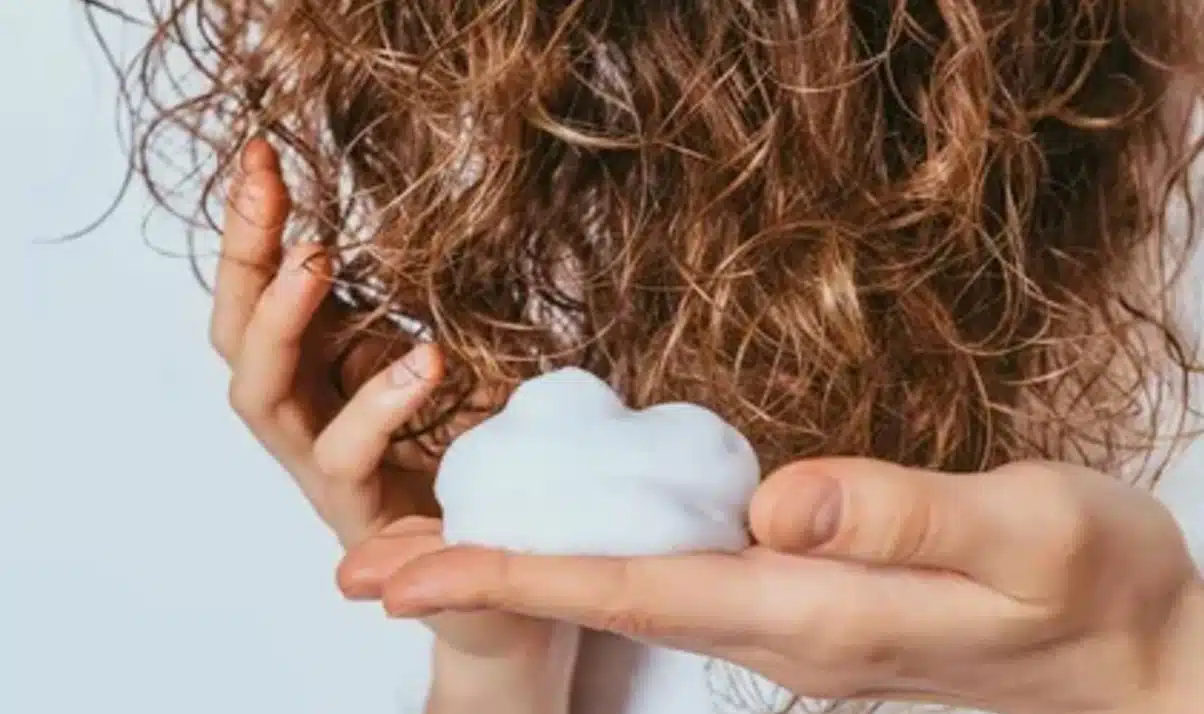
Wofür wird Haarstyling-Mousse verwendet?
Wollten Sie schon immer wissen, wie Sie zu Hause einen Look in Salonqualität erzielen können?

Was ist der Unterschied zwischen Foundation und flüssiger Foundation?
Sind Sie bei der Wahl zwischen Puder und flüssiger Foundation verwirrt?

Wofür werden Sprays im Haar verwendet?
Sind Sie neugierig auf die Magie hinter makellosen Haartagen?
- +86 151 1839 7303
- [email protected]
- Mo-So 07:00-23:00
Tags
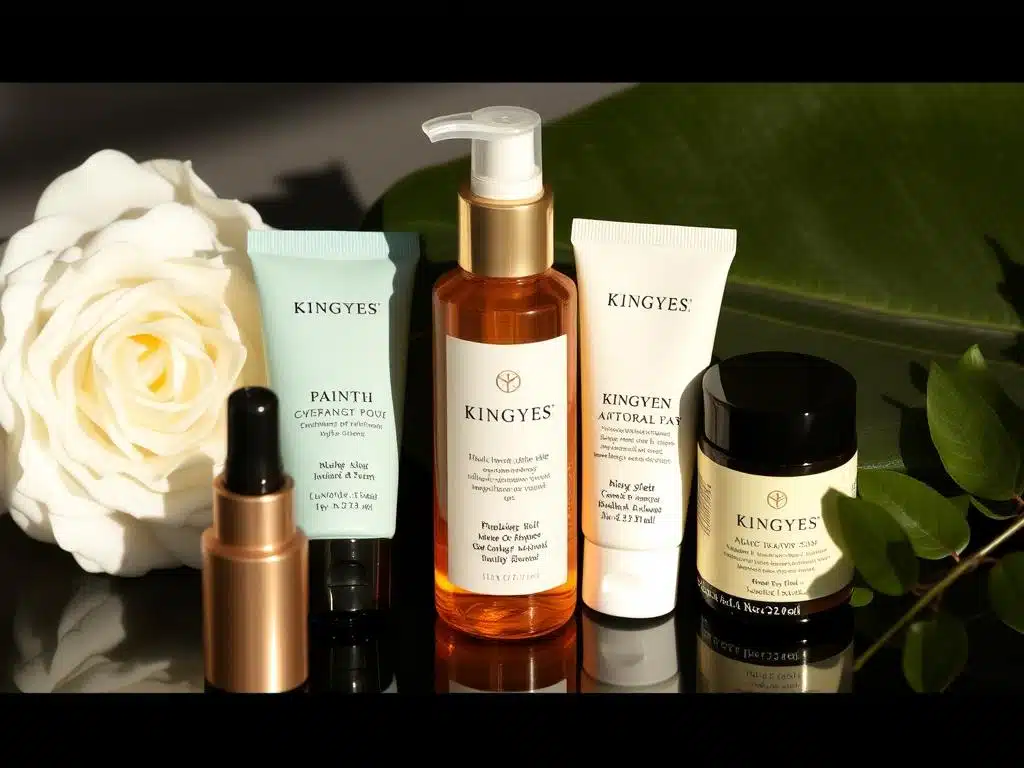
Wie verkauft man Kosmetika auf WeChat?
Sind Sie bereit, den größten Schönheitsmarkt der Welt zu erschließen?

Wie verkauft man Kosmetik auf Shopee?
Sie möchten Kosmetika verkaufen und den boomenden E-Commerce-Markt in Südostasien erschließen?
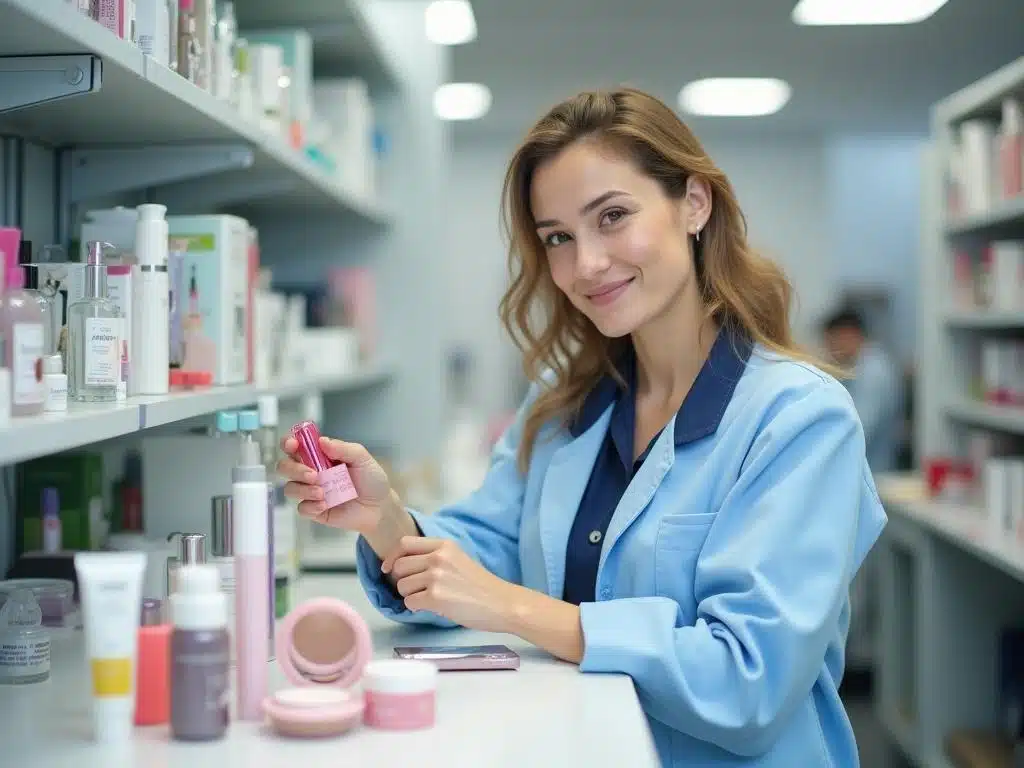
Wie man mit Kosmetikfabriken zusammenarbeitet?
In der dynamischen und wettbewerbsintensiven Schönheitsindustrie ist die Zusammenarbeit mit dem richtigen Kosmetikhersteller von entscheidender Bedeutung für den Erfolg Ihres Kosmetikgeschäfts.

